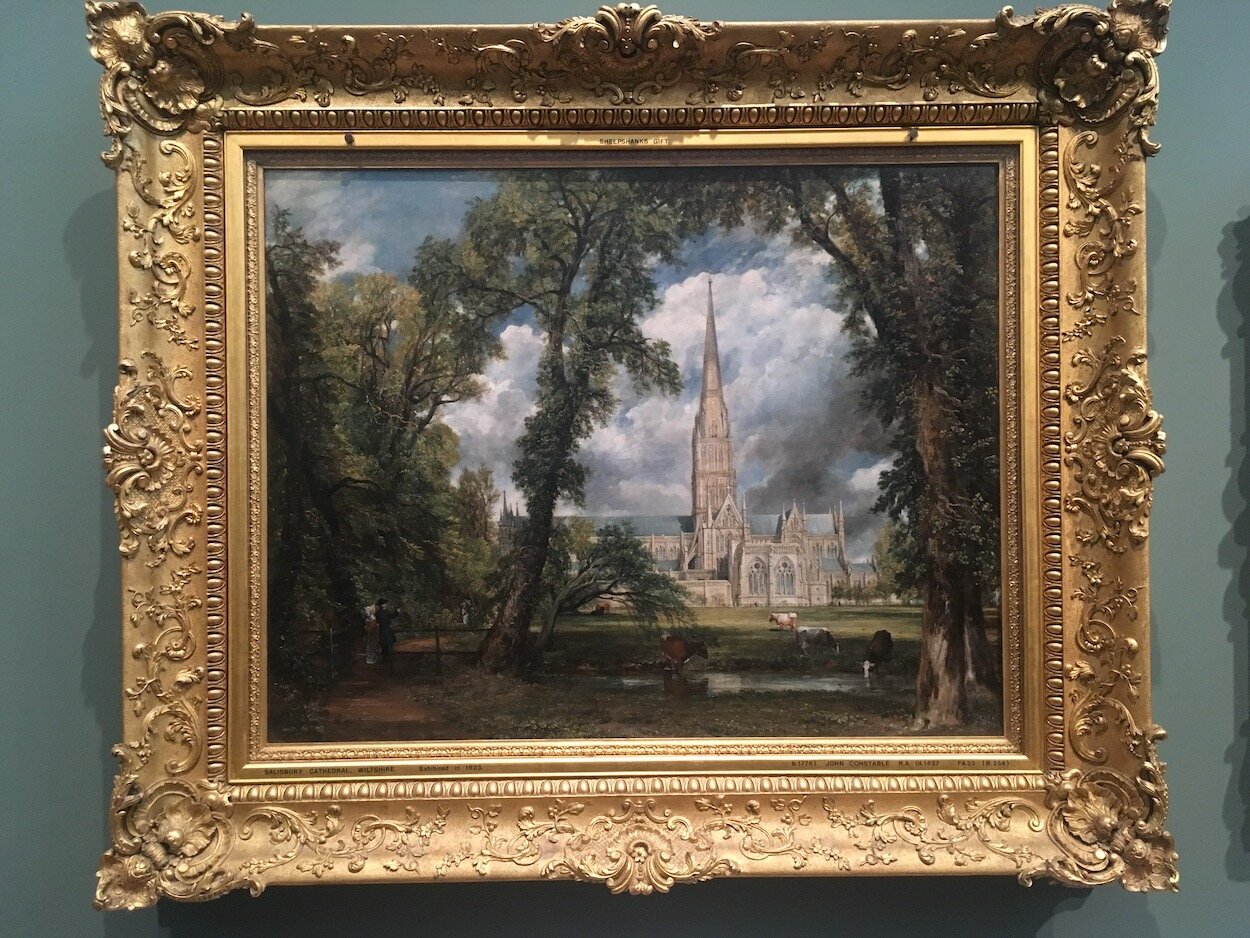I recently read somewhere that the Victoria and Albert Museum in South Kensington, London, has over 2.2 million items. That’s a lot! Even though the majority of these will not be on display, but are in a “reference collection”, we decided to visit the museum and see them for ourselves.
Founded in 1852 by Prince Albert, it describes itself as the world’s leading museum of art, design and performance, now that’s a leadership position!
Queen Victoria
The first impressions are that it is a ‘Grand ’ museum that easily stands alongside anything in Vienna or Paris, or on the Museum Island in Berlin. It’s a wonderful intricate Victorian building, with domes, staircases, open spaces, surprising shafts of light, and finished with lashings of marble. You certainly feel special being there.
It quickly becomes apparent that there is just too much to see on a single visit, and having a short list of objectives is essential if one is to get the most out of the visit. Conveniently, the V&A recognises this too, and provides a guide listing 20 treasures which comprise the highlights of the collection. Their number one is the Raphael Cartoons, the same as ours, but as luck would have it, the room housing the cartoons for the designs of the Sistine Chapel was closed. So flexibility was the order of the day, and off we went with just one objective, and the idea of taking in anything else that caught our attention on the way. We set off to see Constable’s paintings, leaving Leonardo’s notebooks and Shakespeare’s first folio for another day.
The building is truly vast, an impression confirmed by the Cast Court, containing casts of Michelangelo’s David, the Portico de la Gloria from Santiago de Compostela, and Trajan’s Column. Passing swiftly through Europe from 1600 to 1815, we navigated ourselves to the paintings, stopping briefly to admire the collection of jaw droppingly beautiful jewellery!
Despite being distracted by an unexpected Picasso, or a Munch, we finally stood in front of a familiar and homely Constable, or two. In fact, I was truly shocked at quite how many Constables there were, some were sketches, or drafts, others fully finished, some small, some full sized.
Sketch for The Leaping Horse
To the modern eye, the large sketches, particularly of The Haywain or The Leaping Horse, look far more attractive and interesting than the finished versions, even my favourite, the view of Salisbury Cathedral from the water meadows. They have more vitality and creativity in the execution, brimming with life and vigour. The final beautifully crafted and varnished versions seem too studied and detailed by contrast.
Sketch for The Haywain
This led me to wonder why Constable’s sketches work so well. I think its because although they appear free and spontaneous in the execution, they are based on carefully constructed compositions, with everything in position and proportion, leading the eye around the painting just as Constable intended.
Salisbury Cathedral
So I learnt, and re-learnt, a few lessons at the V&A. Have an objective, but be flexible. Have a plan, but leave space for spontaneity. Admire the established, but be prepared to ask questions, its the planning and preparation that allows one to be free and creative.
Quite a visit, and that’s even without looking at The Three Graces, and our view that one of them has a boy’s bottom! That’s a subject for another blog post.
The Three Graces







